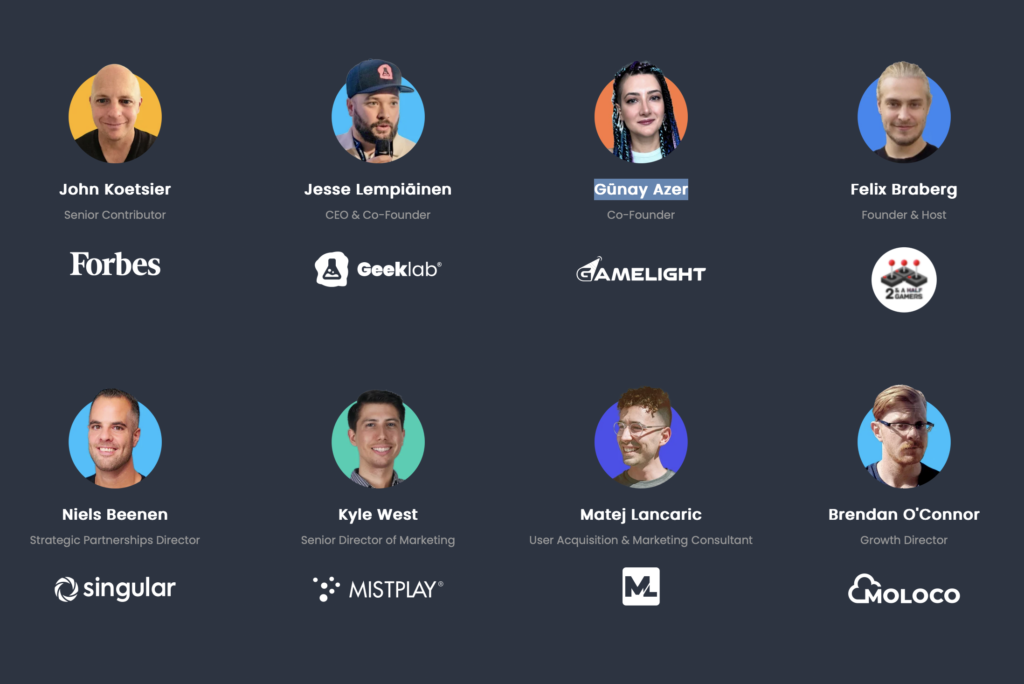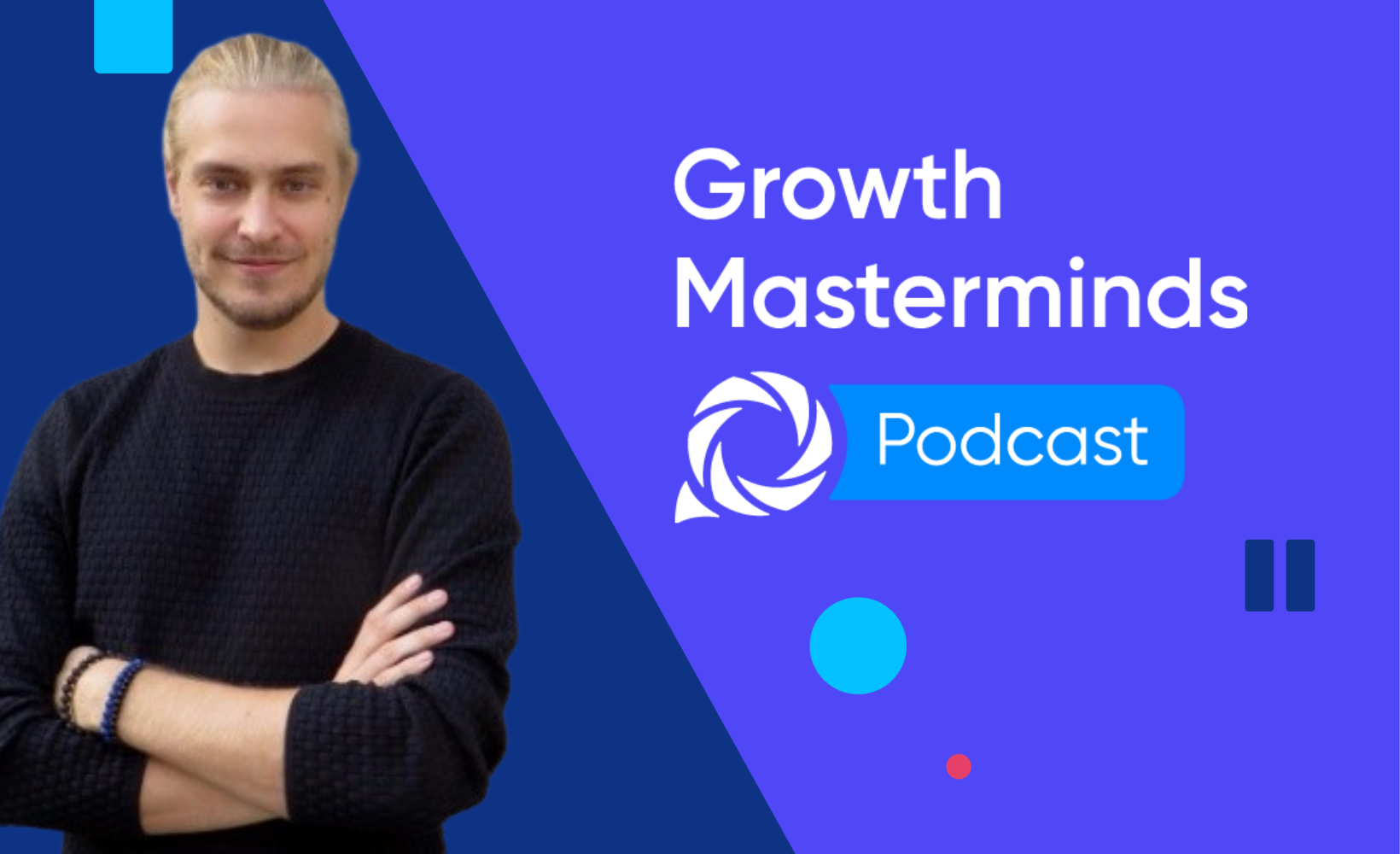Content
Stay up to date on the latest happenings in digital marketing
Mobile game monetization is hard. Very hard. Almost 2,000 apps are published every day to Google Play and the iOS App Store. Hundreds more are published on third-party app stores in China and elsewhere. If only 10% of them are games, that’s well over 200 games being published every single day.
Think 6,000 a month. 73,000 a year.
Plus the hundreds of thousands of already existing games on app stores around the world. And the 10s of thousands more that generative AI could add. Imagine a pre-schooler literally prompting a game via ChatGPT, for example, or making a game entirely by voice, which Roblox chief scientist Morgan McGuire told me isn’t too far off …
Last I checked, there’s only 10 games in the top 10. The top games list is incredibly exclusive, with the top 1% of games making maybe 90% of the money. And only a tiny percentage of games are actually profitable. (I’ve heard 2-3%, but don’t have hard data on this very depressing statistic.)
The key question about mobile game monetization:
How is your game going to be 1 of the very few that win?
We recently chatted with ad monetization expert Felix Braberg for our Hack Gaming Growth miniseries. There are tons of insights in the whole miniseries from experts like Matej Lancaric, Jesse Lempiäinen from Geeklab, Günay Azer from Gamelight, and others, plus Braberg himself, of course.

Our topic with Felix?
Monetization. Specifically, ads-based monetization, which is his speciality.
And that’s where he shared the 1 thing that differentiates games that win from games that fail.
Mobile game monetization: 1 key differentiator between winners & losers
Leadership should begin at the top, and so should product vision. People who know and understand mobile game monetization tend to be vastly superior at creating games that win.
And that’s the key difference between game publishers that win and those who build games that bleed cash, say Felix.
“ The best studios are the ones where the people who are calling the shots also know what they’re getting paid on the other side,” says Braberg. “That’s what I see as the biggest disconnect between people who have games that fail and who succeed. If a CEO or a product leader knows how much you actually get for an interstitial impression in non-U.S. geos and how much you get for one in the U.S. geos, you can start to design a gameplay around that.”
In other words, successful game studios build monetization at the very same time they’re building their game. They know how much revenue they can get. And they’re not bolting on an off-the-shelf monetization strategy at the end: they’re designing gameplay, levels, durations, challenges, and solutions around monetization.
That includes fun. But it also includes pain.
Elad Levy, who sold a game to Playtika and served as the CTO for the company’s massive social casino game House of Fun, once told me both pleasure and pain are essential to creating a great game. And they’re both also essential for creating a great game economy … AKA something a publisher can monetize.
“That’s the art of building a great economy and game progression systems … it’s a balance between pleasure and frustration,” he said. “Those are the most successful games. Sometimes you’re super happy. Sometimes you want to throw the phone out the window, but that balance between pleasure and frustration, that is what builds amazing games.”
Happiness keeps players in the game and keeps them coming back: usage, engagement, retention.
Frustration gives them something to work on, fix, overcome, defeat.
And frustration also gives game designers and publishers something to position a monetization model around, whether it’s standard interstitials between levels, or pre-boss-level boosts, or post death revivals … you name it.
Hitting the Goldilocks zone of ad monetization
We all know the Goldilocks story.
Goldilocks tries three bowls of porridge. The first is too hot, the second is too cold, and the third is just right. If she worked for a mobile games publisher with a job in monetization, she’d probably try at least that many levels of ads-based monetization as well.
The goal: not too much, where you’ll lose players. Not too little, where you’ll miss out on revenue.
But just right, where players are happy enough to stay and even engage deeper, and you’re making solid revenue.
“ I see people experimenting with what they allow with the end cards and the creative length,” says Braberg. “The eCPM goes up the longer the creatives, right, because you have better CTR. So [the ad networks] pass that on to you in terms of higher eCPM. So maybe you need to experiment with this … maybe you want to put 45 seconds, 15 seconds. It’s different depending on the type of genre, right?”
That makes sense, of course, and clever testing will allow you to unlock the Goldilocks zone of monetization for your specific app, in your specific geos — it could be different for each geo you’re active in — and for your specific players.
But there’s a challenge: you need to be pretty big already in order to get this kind of leverage with most ad networks: to tell them what length of creative and end cards you’ll allow.
“It’s very unfair for new developers,” Braberg says.
Mobile game monetization: designing for profitability
So if you’re building a game that has monetization running right through its DNA, and you’re looking to hit the Goldilocks zone of just the right amount of ads, what does that look like?
For a puzzle game, that’s probably about 5 playing sessions a day totaling 18 to 25 playable minutes, Braberg says.
Here’s how it breaks down:
“If you want to optimize towards interstitial and basically earning the majority of your revenue from interstitials, you need to have your user base watch about 12 to 15 interstitials per day. So that means that you’re aiming for anywhere between 18 to 25 playable minutes, over five sessions per day, because that means you have users’ attention playing games for about 1,200 seconds, which means that you can show interstitial every 90 seconds and get to those numbers.”
Which is a perfect example of working backwards to design mobile game monetization right from the start.
Hybrid monetization: segmentation right from UA campaigns
Ads-based monetization is important for a huge percentage of games. But hybrid monetization, using ads, IAPs, and subscriptions for a full suite of mobile game monetization options is important for even more.
But the most successful games publishers don’t just offer hybrid monetization options blindly. Rather, they’re intentional about how they present those monetization options to players.
Like Hexa Sort, which Braberg calls one of the most innovative games in the hybrid space right now. Hexa Sort segments players not by geo but by user acquisition campaign:
“If [a player] comes from an IAP campaign, you don’t see ads for the first three days,” says Braberg. “So it keeps this premium feel, it increases the likelihood of you making an IAP. If you are an organic user or if you are an Ad ROAS user, you see ads after the first time user experience.”
That kind of focus and personalization has driven the game to something near a $250M annual run rate, Braberg says.
The key: tailoring monetization efforts to each acquired segment. That starts before a player touches a game, with the kinds of creative and types of messaging in acquisition campaigns that target ad monetizing users and others that target IAP players.
There’s more in the entire Hack Gaming Growth miniseries
We have not yet published the hack gaming growth miniseries to the main Growth Masterminds podcast.
Get early access to the full 5 episodes:
- EPISODE 1
Mastering the Art of Creative - EPISODE 2
Navigating iOS Measurement & Marketing - EPISODE 3
Scaling with Channel Diversification - EPISODE 4
Win Them Back: Retargeting & Re-engagement - EPISODE 5
Making Money: Hybrid Monetization
Our goal: getting you at least 1 new insight that will transform your game and its growth.
All of it is available right now, right here.



